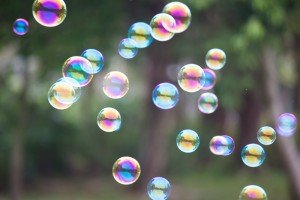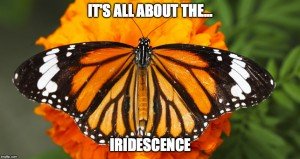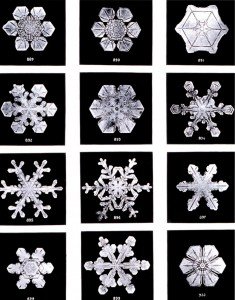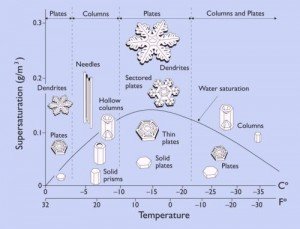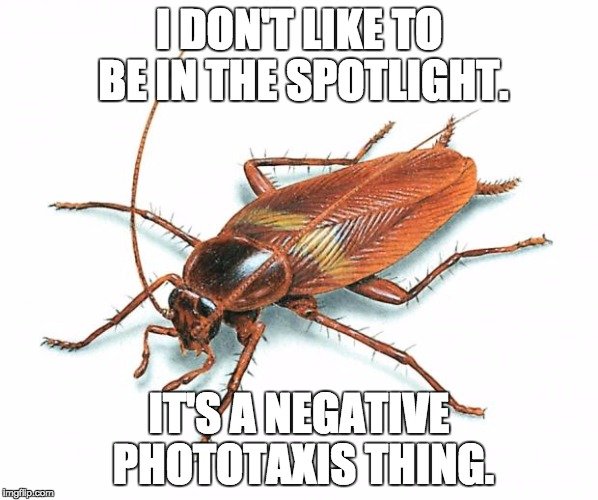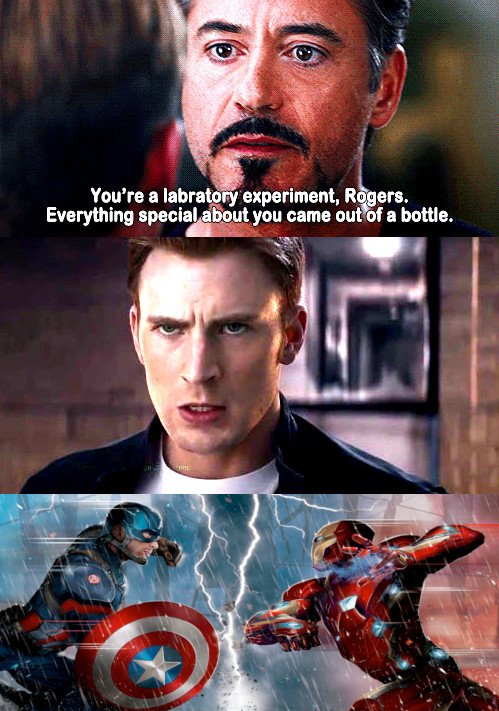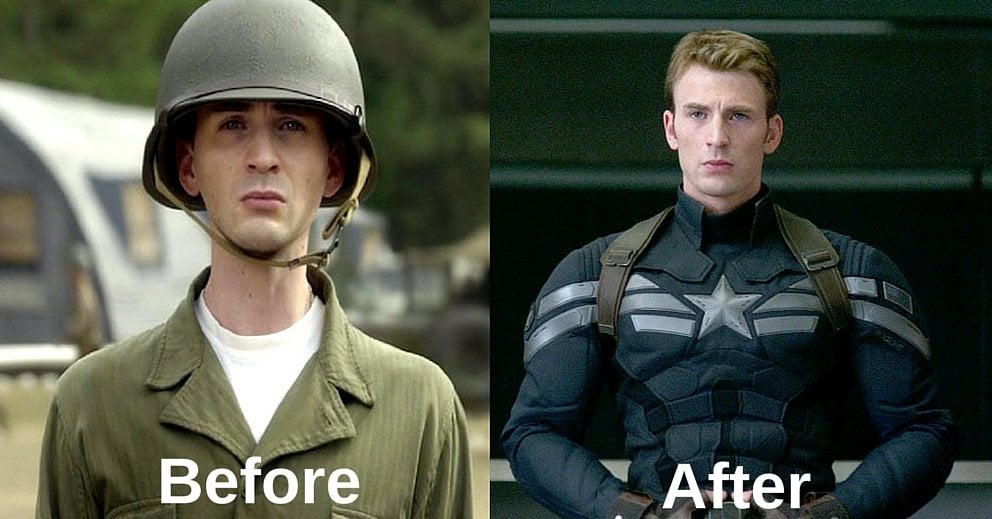Once summertime arrives, you will be able to see many bright lights in the night sky, but I’m not talking about some big event in the cosmos, like shooting stars, the Northern lights, or a Venus-Jupiter conjunction. Instead, I’m talking about a much smaller scale – tiny little creatures called fireflies.
You must have had that feeling of an electric current passing through your body, as though you’re being lit up after seeing a beautiful girl. Well, the same thing is true in fireflies, except they light up for real! Female fireflies like flashy males, so the males, in order to impress their ladies, light themselves up in the hopes that they’ll find a good dance partner

Another reason why these creatures light up is decidedly less romantic. Some female fireflies light up to lure prey towards them; the flash of light happens in the blink of an eye, and before the prey can react, the firefly would have done his job and secured his next meal.
Fireflies are able to illuminate themselves and the area around them by lighting up there bodies. Wouldn’t it be cool if humans could also glow like fireflies, particularly if we ever got lost in the dark?
Oh, fireflies! How beautiful and lucky you are! Fireflies have a constant source of light within their body and they don’t even have to worry about paying their electricity bills.
How Fireflies Light Up Their Bodies
The secret trick by which fireflies are able to light up all starts in their abdomen. Fireflies contain a special light-emitting compound in their abdomen calledluciferin. When luciferin and a particular enzyme, luciferase, react with oxygen, a chemical reaction occurs. This reaction releases energy in the form of light, thereby lighting up the firefly’s body. The wavelength of light emitted by fireflies is in the range of 510-670 nanometers (pale yellow to reddish-green).
The light generated by a firefly is called “cold light”, as the heat generated is very minimal. This is good for the firefly, as its body would not be able to survive if it generated heat like a light bulb. The process through which fireflies light up their bodies is called bioluminescence. A firefly is not the only creature who has this ability, however; many other organisms, mostly sea and marine organisms, can also produce their own light.
Why Do Fireflies Light Themselves Up?
Fireflies, unlike most other animals boasting bioluminescence, can turn its light on and off, but why does a firefly keep on flickering on and off? What could be the advantage?
Let’s find out!
Although it’s not exactly clear how fireflies are able to switch their lights on and off, scientists believe that they are able to control their bioluminescence by regulating the flow of oxygen into their abdomen. They do this by sending signals from their brain to a special light-emitting organ in their abdomen.
Fireflies come into the world as larvae already knowing how to glow and they start lighting up the world from birth. The bioluminescence, though, serves different purposes in larvae and adult fireflies. In larvae, the main purpose of glowing is to avoid predators. Fireflies contain a nasty-tasting chemical calledlucibufagens, which can be pretty toxic to predators. Therefore, when a firefly glows, the predator realizes that it’s going to unleash those nasty toxic chemicals and moves on to find a different meal.
In adult fireflies, however, the firefly glow serves other purposes apart from avoiding predators: finding mates and attracting prey. You must have had that feeling of an electric current passing through your body, as though you’re being lit up after seeing a beautiful girl. Well, the same thing is true in fireflies, except they light up for real! Female fireflies like flashy males, so the males, in order to impress their ladies, light themselves up in the hopes that they’ll find a good dance partner
Another reason why these creatures light up is decidedly less romantic. Some female fireflies light up to lure prey towards them; the flash of light happens in the blink of an eye, and before the prey can react, the firefly would have done his job and secured his next meal.
As we now see, it turns out that fireflies blinking at light is not some unexplained natural phenomenon; there is far more to it. Nature amazes us with so many beautiful creatures, and I think that fireflies, in particular, can teach us a thing or two about letting the light inside of us shine out in even the darkest times!




